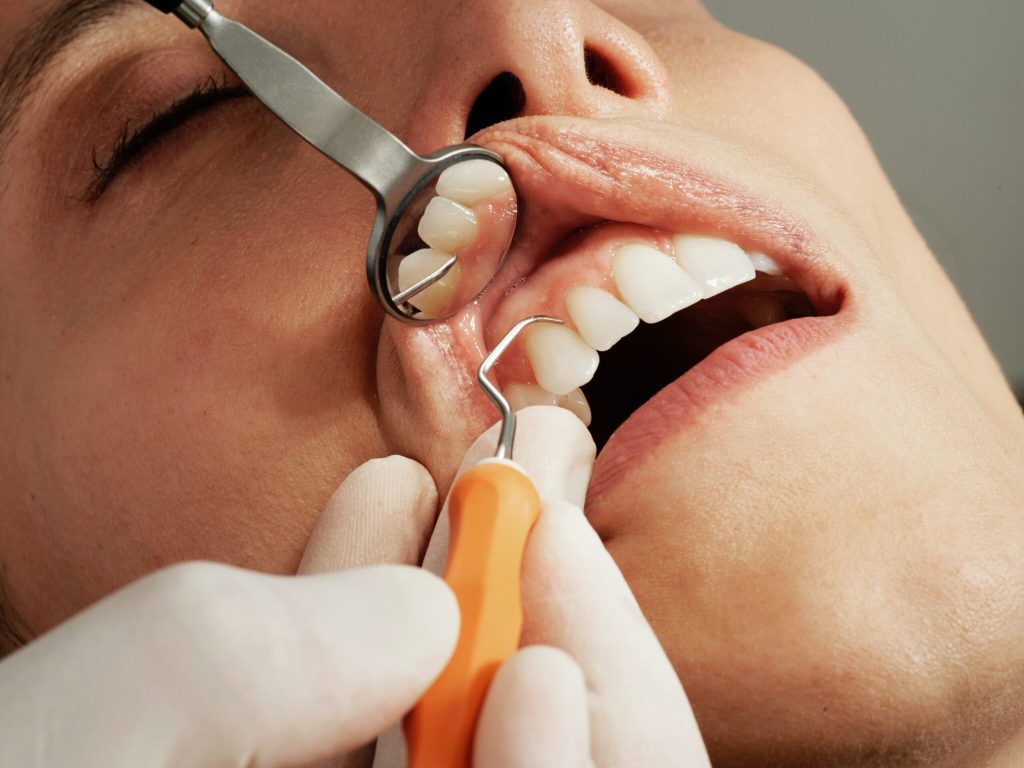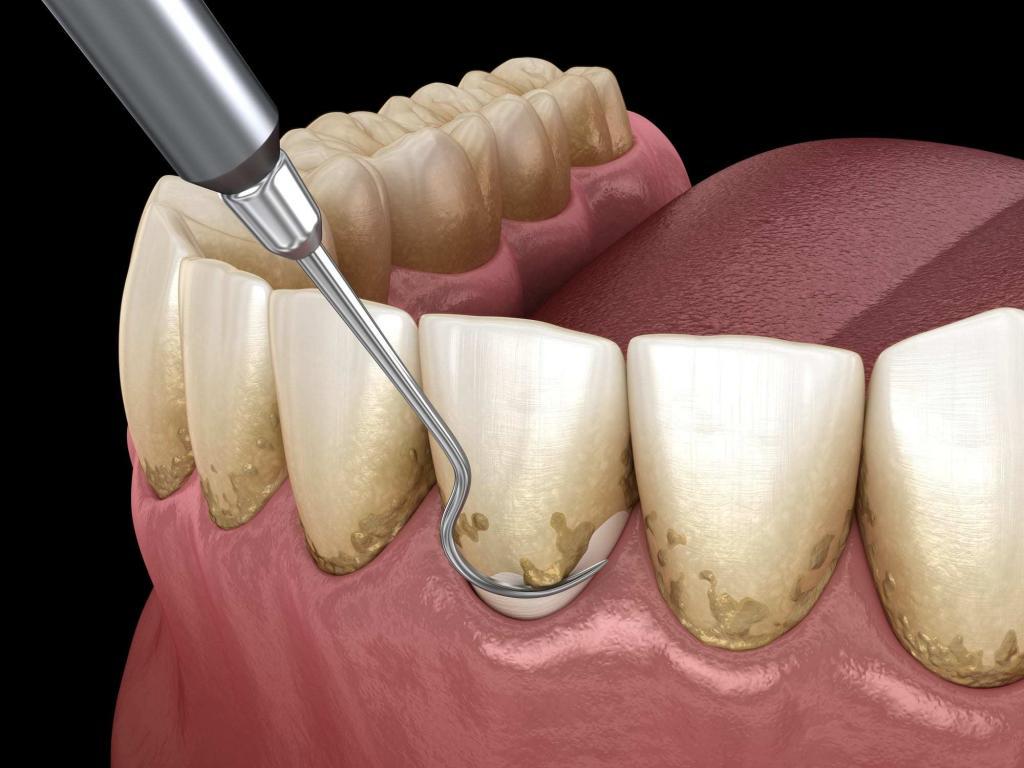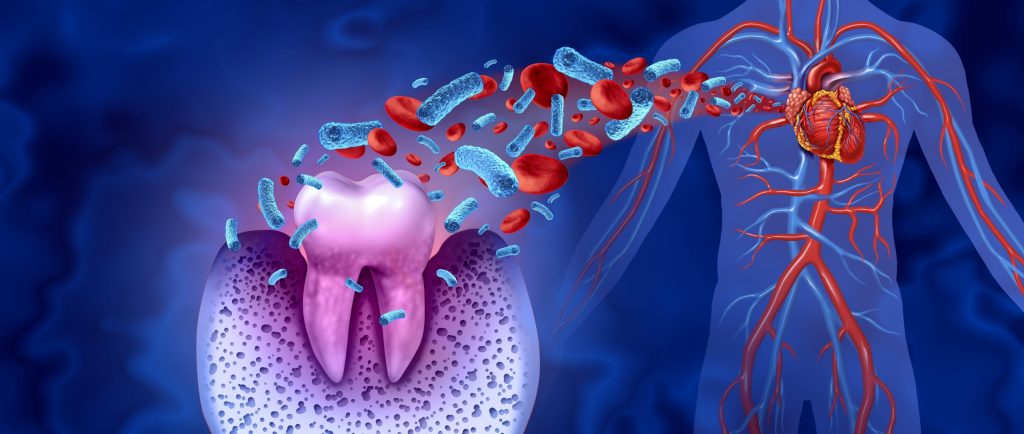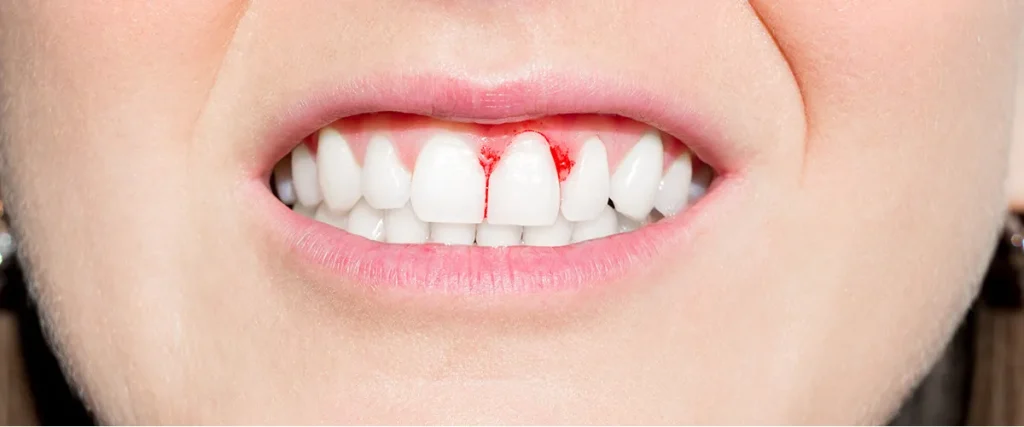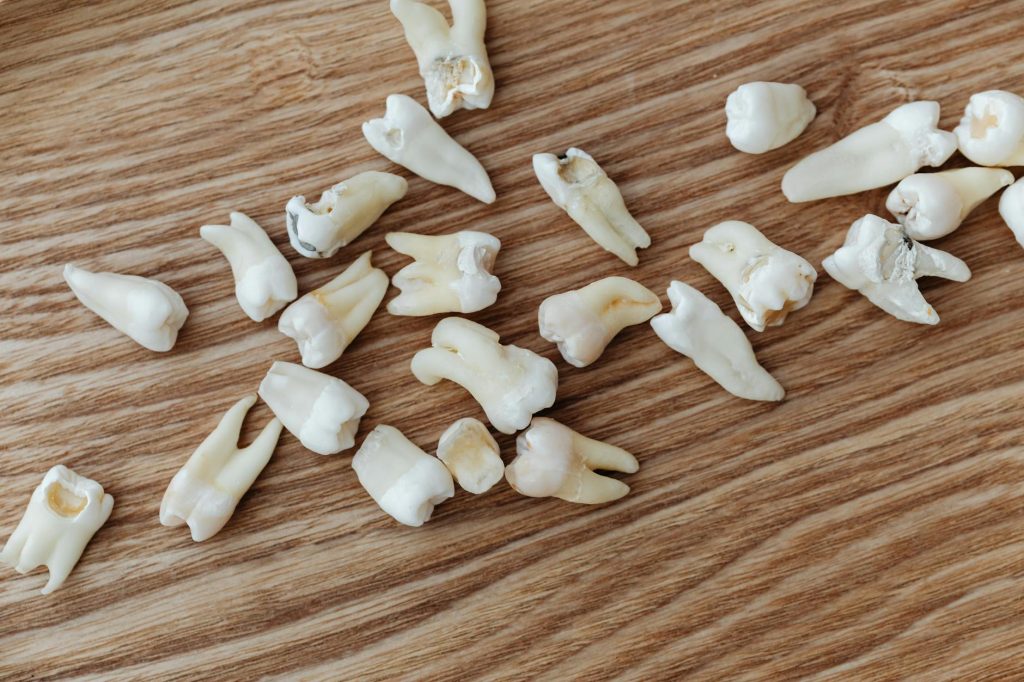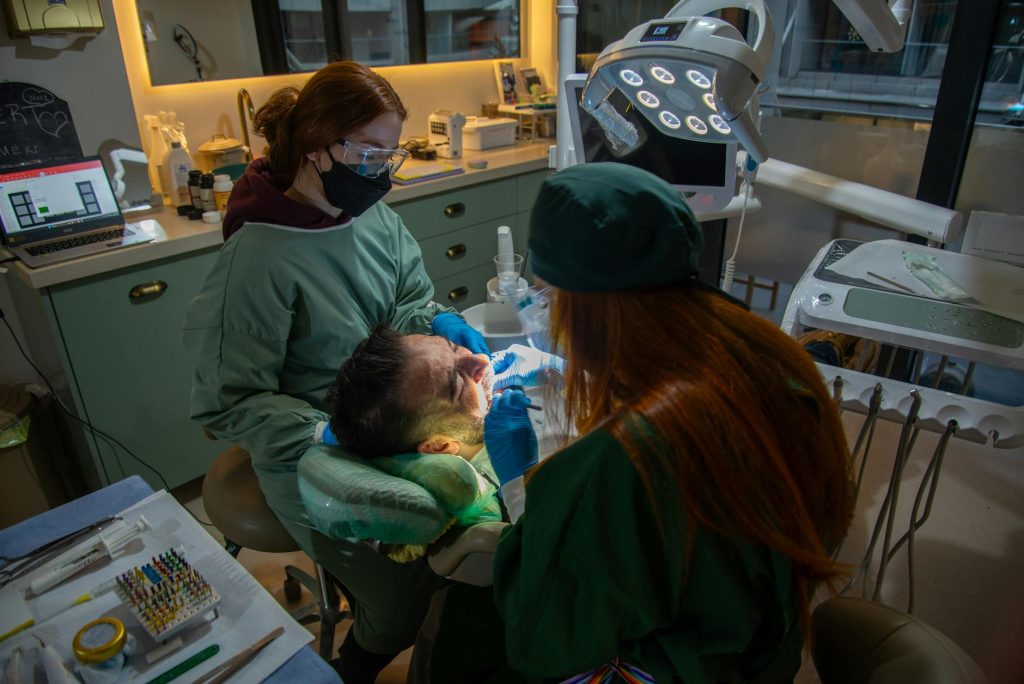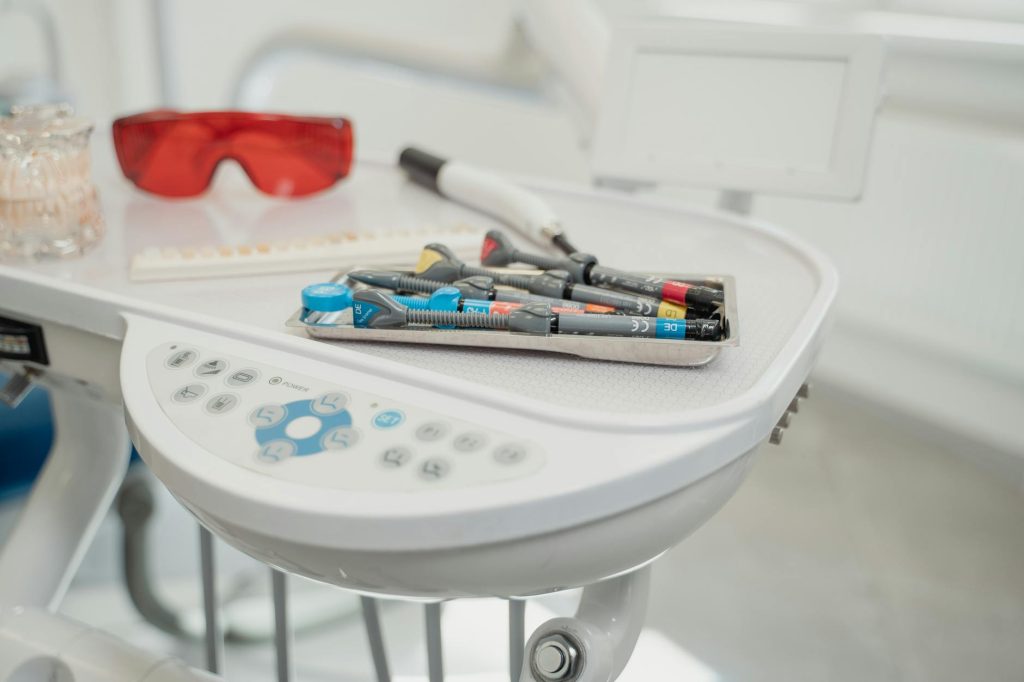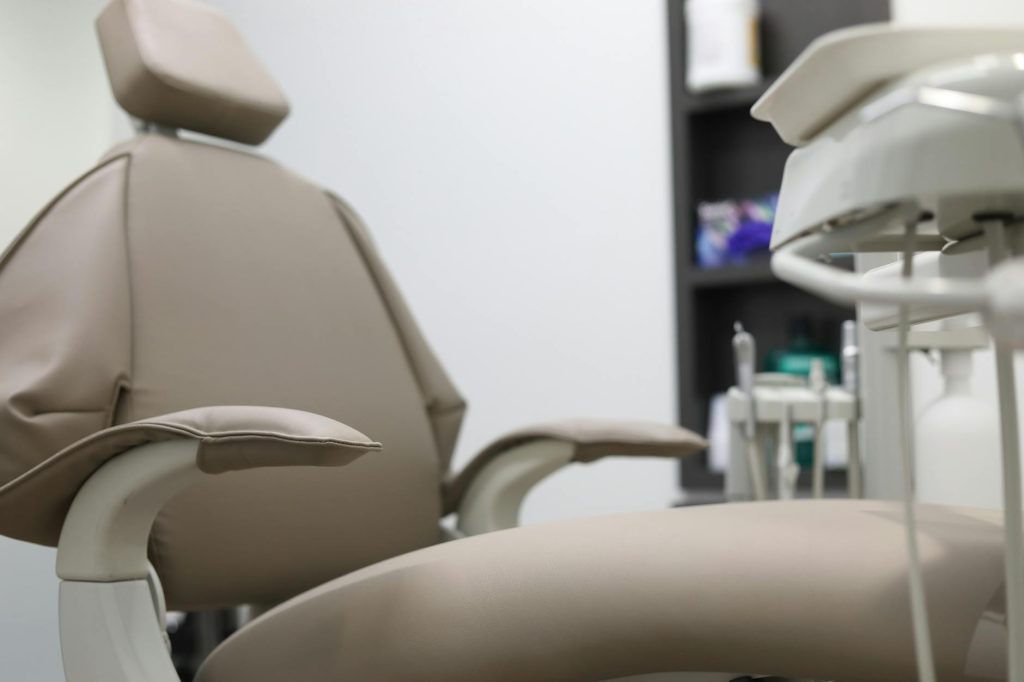The Role of a Periodontist in Oral Health
Dentists look at teeth. Periodontists look beneath them. Gums, ligaments, and bone—all critical, all hidden. These tissues hold your teeth in place. If they weaken, teeth loosen, tilt, or fall out. Cavities don’t cause that. Bone loss does. That’s where periodontists step in. Their training covers surgery, regeneration, and microscopic infections. Gum inflammation that doesn’t…
Read more

